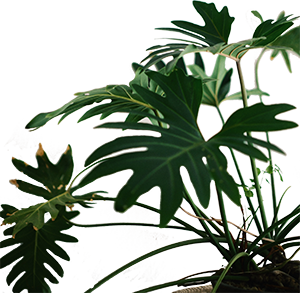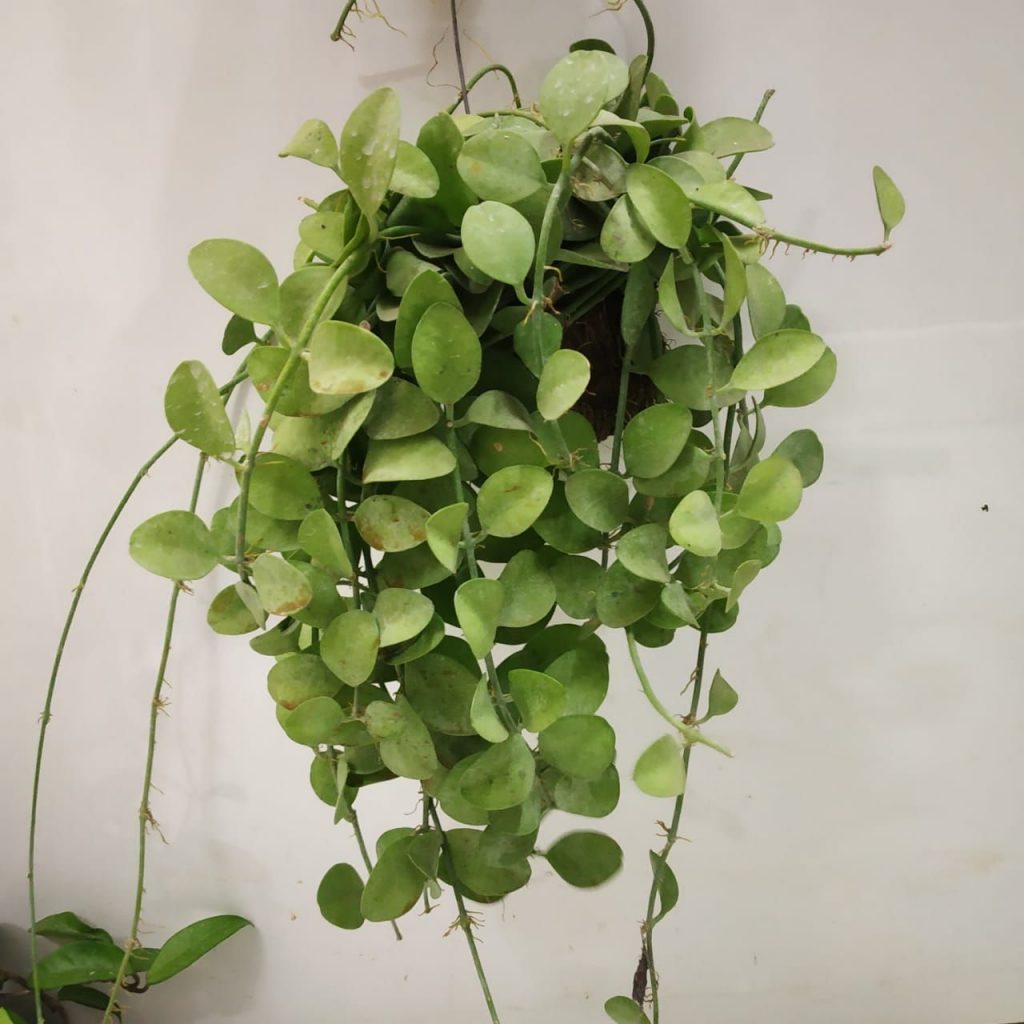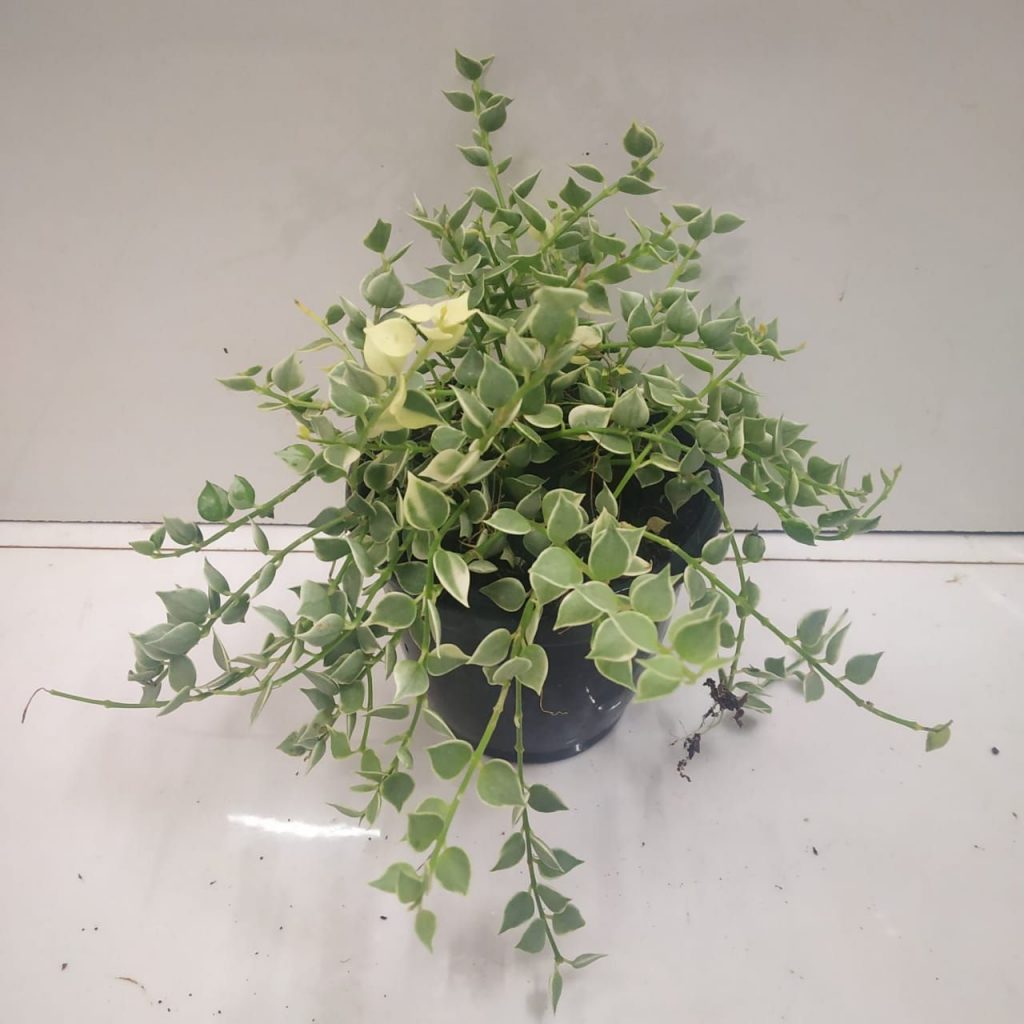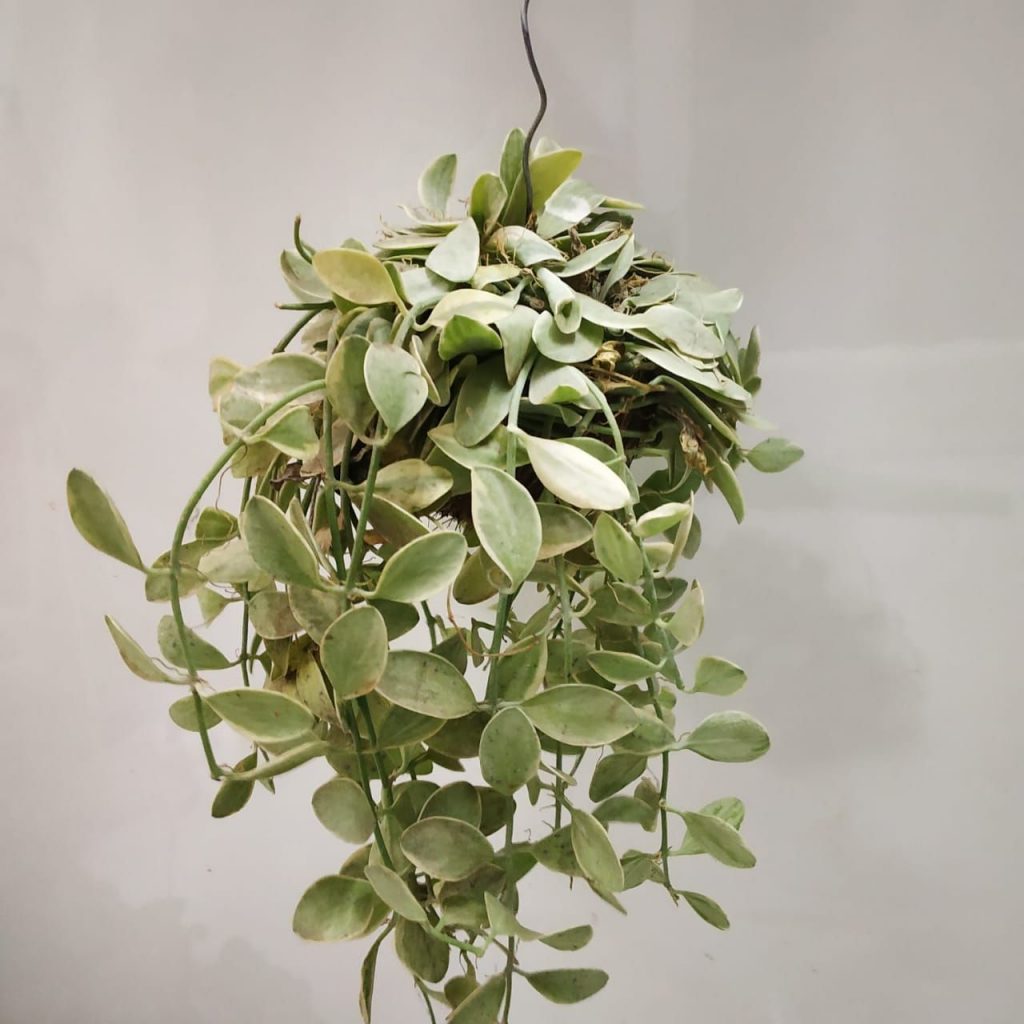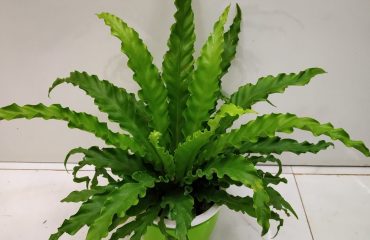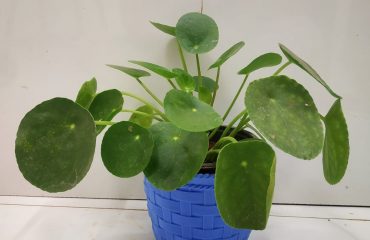How to Grow and care Dischidia Plant
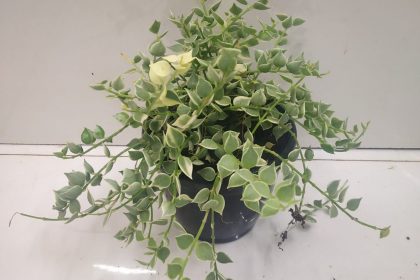
Dischidia Plant Features
Dischidias are uncommon, exotic, but easy-to-grow houseplants. Most varieties trail, making them wonderful choices for hanging baskets if you’re looking for a no-fuss plant to hang in your window or near your desk. Most varieties of dischidia have interesting leaves that may be puffy or fleshy and good for holding water during times of drought. Smaller varieties are excellent houseplants for terrariums.
Growing Tips
Location
Dischidia species prefer a humid and well-ventilated location with at least half a day’s exposure to filtered sunlight. They can tolerate a couple of hours of direct sunlight but plants must be well-watered under such conditions. Avoid growing them in an overly windy place as the plants will dry out very quickly.
Water & Growing Media
These plants are best grown in a moist and porous growing medium. The most common material used is coconut husk chunks. Being epiphytic in nature, they prefer to dry out a little between each watering. Avoid using soil-based growing media as they often hold too much water and become compacted.
Support
Climbing Dischidia species can be grown by winding the stems around its hanging pot’s hangers, thin branches or a moisture-retentive, rough and porous surface, such as the bark of a tree. These may be cut back to prevent the plant from growing into places where they are not desired.
Propagation
Dischidia are easily propagated from stem-cuttings. Cut short segments of the stem and let them heal and dry. Then put them on top of some moist sphagnum moss – strings may be needed to secure them in place. The stem cuttings should be placed in a protected place away from direct sunlight and wind with the sphagnum moss kept moist at all times. Once roots have grown and the cuttings show some growth, they can be moved to their final locations.
The plants can also be grown from seeds which are produced in pods that split when mature. The seeds have fine hairs attached that enable the wind to carry them away.
Dischidia Plant Care
Allow the planting medium to dry out before you water the plant. They are used to getting moisture only from dew and the air, and cannot tolerate boggy media. When the bark medium is dry to the touch, submerge the container in water until air bubbles are gone. Ant plant also needs high humidity. Mist the plant every day or place the container on a saucer filled with pebbles and water. The water will evaporate and moisten the air while the pebbles will hold the sensitive roots out of the water.
Dischidia doesn’t really need fertilizer but you should change the planting media every year. If you wish, apply a diluted by half liquid plant food when you water beginning in spring and stopping by September. Remember to keep training any plants that are being supported as they grow.
Varieties of Dischidia :
Dischidia pectinoides
This unusual houseplant has round, balloon-like leaves that are hollow. It’s a fun conversation piece!
Geri Dischidia
Dischdia ‘Geri’
Geri dischidia is a fun variety with small green leaves. It’s a great houseplant or fun in a terrarium.
Million Hearts Plant
Dischidia ruscifolia
Million hearts is a fun houseplant with small, heart-shaped leaves that clasp the plant’s trailing stems.
Pebble Beach Dischidia
Dischidia ‘Pebble Beach’
Pebble Beach dischidia is a cute indoor plant with little cup-shaped leaves splashed with cream and gray-green.
Silver Star Dischidia
Dischidia ‘Silver Star’
Silver Star dischidia is a charming houseplant that offers gray-green foliage edged in white.
String of Nickels
Dischidia nummularia
String of Nickles is an easy-to-grow houseplant with small, round leaves running up and down the stem


